
Onuchic wins top Biophysical Society honor
José Onuchic wins the 2023 Founders Award presented by the Biophysical Society.

Onuchic wins top Biophysical Society honor
José Onuchic wins the 2023 Founders Award presented by the Biophysical Society.
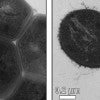
New weapon targets antibiotic resistance
A new class of molecular motors triggered by visible light kills harmful bacteria by generating reactive oxygen species. The new strategy could be a weapon against antibiotic-resistant bacteria.
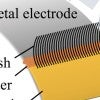
Brushing thin films onto electrodes preserves batteries
Brushing powdered phosphorus and sulfur into lithium anodes helps keep them from forming damaging dendrites in rechargeable batteries.

Smalley-Curl Institute rewards students’ summer research
The Smalley-Curl Institute held its annual Summer Research Colloquium Aug. 5.

Halas, Nordlander win prestigious Eni Energy Transition Award
Rice’s Naomi Halas and Peter Nordlander have won the prestigious 2022 Eni Energy Transition Award.
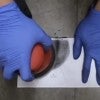
Water can’t touch this sanded, powdered surface
Rice scientists and engineers develop a one-step method involving sandpaper and powder to make robust superhydrophobic materials.

Tetrahedrons assemble! Three-sided pyramids form 2D structures
Rice chemists have discovered pyramid-shaped gold nanoparticles put their own twist on 2D self-assembly.
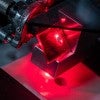
Strain-sensing smart skin ready to deploy
Carbon nanotubes’ natural fluorescence enables a method to detect high strain concentrations, which can lead to damage that threatens the integrity of critical infrastructure like aircraft, buildings, pipelines, bridges and ships.
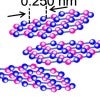
Flashing creates hard-to-get 2D boron nitride
Rice University chemists use their flash Joule heating process to synthesize 2D flakes of boron nitride and boron carbon nitride, highly valued for lending thermal and chemical stability to compounds.

Nobel laureate, beloved Rice professor Robert Curl dead at 88
Nobel Prize-winning chemist and beloved Rice University Professor Robert Curl died July 3 at age 88.
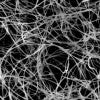
Boron nitride nanotube fibers get real
Rice scientists create the first boron nitride nanotube fibers using the custom wet-spinning process they developed to make carbon nanotube fibers.
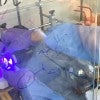
Process to customize molecules does double duty
Chemists develop a method to add two fragments to an alkene molecule in a single process, which could simplify drug and materials design.
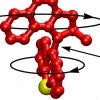
Bacteria-killing drills get an upgrade
Rice scientists have created light-activated molecular drills that can kill antibiotic-resistant bacteria.
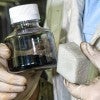
Cars could get a ‘flashy’ upgrade
Rice University chemists, working with the Ford Motor Company, processes waste plastic from end-of-life trucks into graphene for composite materials in new vehicles.

CPRIT grants entice three cancer researchers to Rice
Rice University recruits three professors to bolster cancer research with grants from the Cancer Prevention and Research Institute of Texas.